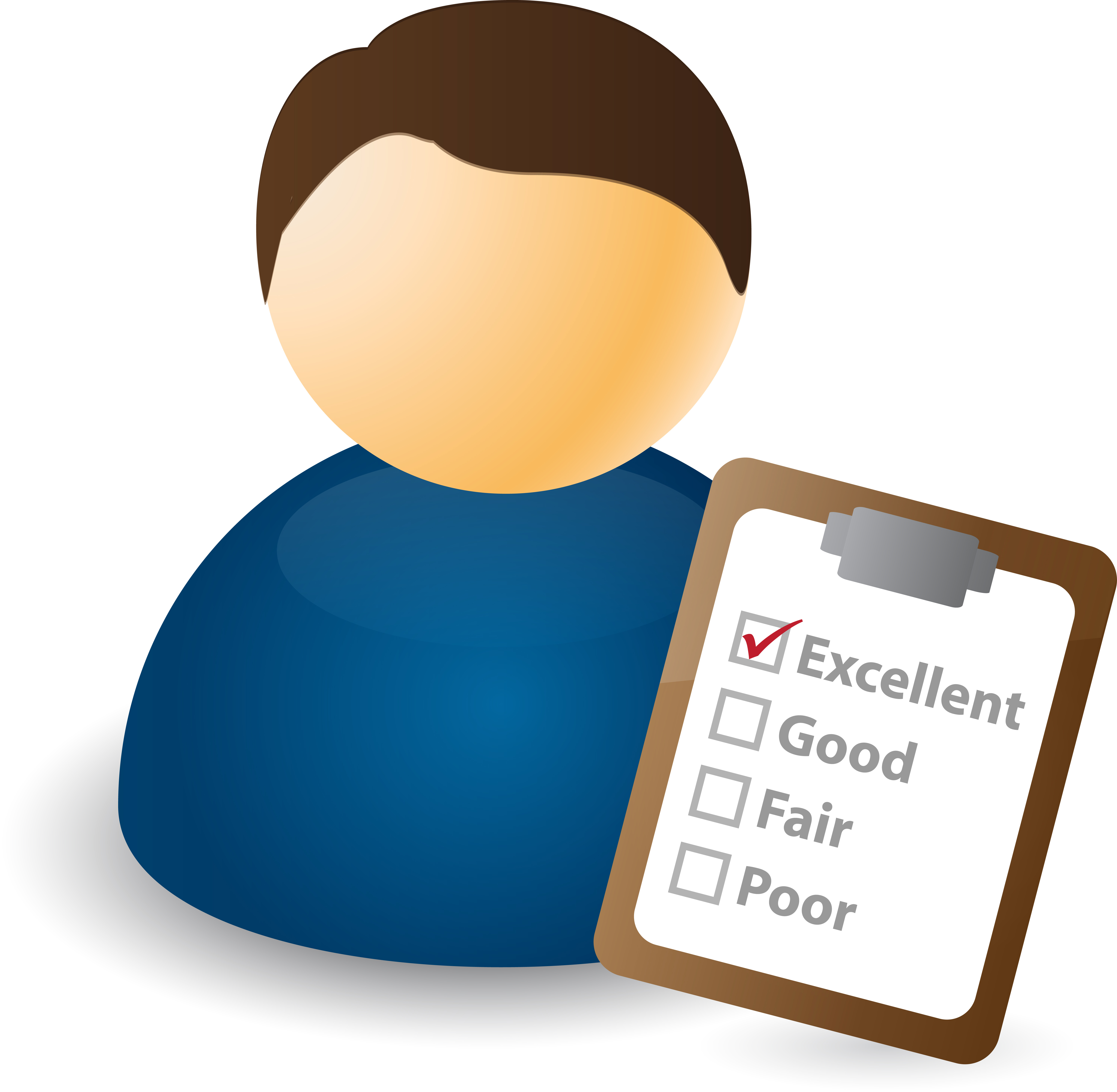We’ve noticed that this question have come up more and more lately. This issue is almost never an easy task to solve, and for a coaching company that has personal coaching as one of the core values solving this is crucial if the company is aiming to scale their business.
In this series of blog texts, we will try to give suggestions and methods on how you can handle more customers while still providing the same personal coaching that your customers desire.
What does personal coaching mean?
Personal coaching can be seen as a relationship between a client and a coach. The relationship is designed and defined in a mutual agreement based on the client’s expressed interests, goals, and objectives. Together with the client, the coach draws up a plan on how the client can reach the goals wanted. As time goes the plan is modified to best suit the client’s current needs.
Why do people want personal coaching?
Clients want something that is specifically made to fit their own life situation and needs. Quite often they have tried a free of charge training plan, and now wants to take the next step. People that aren’t that familiar to the world of training might also seek out personal coaching, because they want to learn how to train correctly.
If the client has used a free of charge training plan and liked it, the possibility that they return to that same page looking for personalised coaching is not only possible, but very likely.
The clients may come to you for your personalised training plan, but they probably stays for the feedback and continuous interaction you give them, the trustworthy relationship you build together.
– So I not only need to create a personal training plan for the client, I need to provide them continuous interaction? And build a relationship? That sounds like a lot of work!
Yes, it can easily be very time-consuming.
– And now you say that I’m supposed to offer this to large amounts of people?
Yes, let me explain how.
Time management
Managing your time is crucial. If you want to offer your services to large amounts of people, you need to check where your time goes. You should start with writing down every part, every action, of the job you do in your coaching company. After that, calculate how much time that goes to each and every part of the work.
If you want to take on more clients, you of course need to have the time for it. If it takes a lot of time to plan the training program for your clients, you have two options. Either try to cut down on the time it takes to create the program, or free your time from other job activities so you have more time to plan the programs.
Identify where your time goes, and then try to figure out how to get more productive in these activities. Quite often it’s easy to see where the problem areas are. What ever the solution to this is, you need to understand how it affects your business and what happens (or don’t happen) if you don’t take action.
Having a clear plan of your time and understanding the reasons behind it will keep you motivated when you run into obstacles.
Segmentation
To succeed in your expansion you will need to know your clients and what their needs and goals are. Your productivity can increase significantly if your current services can be offered to similar people without the need of too much change.
It is a good idea to in advance create such material that fulfils the needs of a lot of people before you start your scale-up. The better you understand your customer the easier it will be to offer such a service that your future customers will appreciate.
Segmentation means dividing a broad customer group into sub-groups which shares the same characteristics. The more characteristics there are in the same group, the easier it will be to offer them a great service. It will also be easier to in advance create good material for all of them.
The segmentation can be done in several ways. Characteristics like age, gender, current condition, background in sports and goals are some that for sure will make your segmentation easier.
Try to write down how your current customers differs from each other and then place them into different groups. Few similar characteristics will create a big segment and a lot of similar characteristics will create a narrow segment.
To remain productive, you will need to weigh the size of the segment against the customers needs.
The dream would of course be that you can fulfil your customers needs a hundred percent, but that will almost certainly lead to a segment group of one person only. Your goal should be that approx. 80-90 percent of the customers needs are answered with the same service and material. The rest 10-20 percent are needs that you will need to assess with a personalised touch, to create a perfect service for both you and your customer.
If your segment is too big, it will get hard to fulfil the customers needs and keep them happy. This will most probably consume a big part of your time and drive your productivity to the ground.
With a successful customer segmentation you will surely save time, and be certain that you are able to provide good quality service for your growing customer base.
And remember, It is in fact OK to say no to a customer if he or she doesn’t fit in to your segments. Trust me, you both will be happy about this.
In the next part of this blog series, we will walk you through how to determine your own personal customer segments and how you can get more productive in your coaching. Everything to make your business scale-up easier and quicker.
Are you interested in knowing more about this topic?
Why don’t you send us a mail!

 The questionary tool has been available for users to test as a beta version for some time already, but now the public version has been released.
The questionary tool has been available for users to test as a beta version for some time already, but now the public version has been released.


